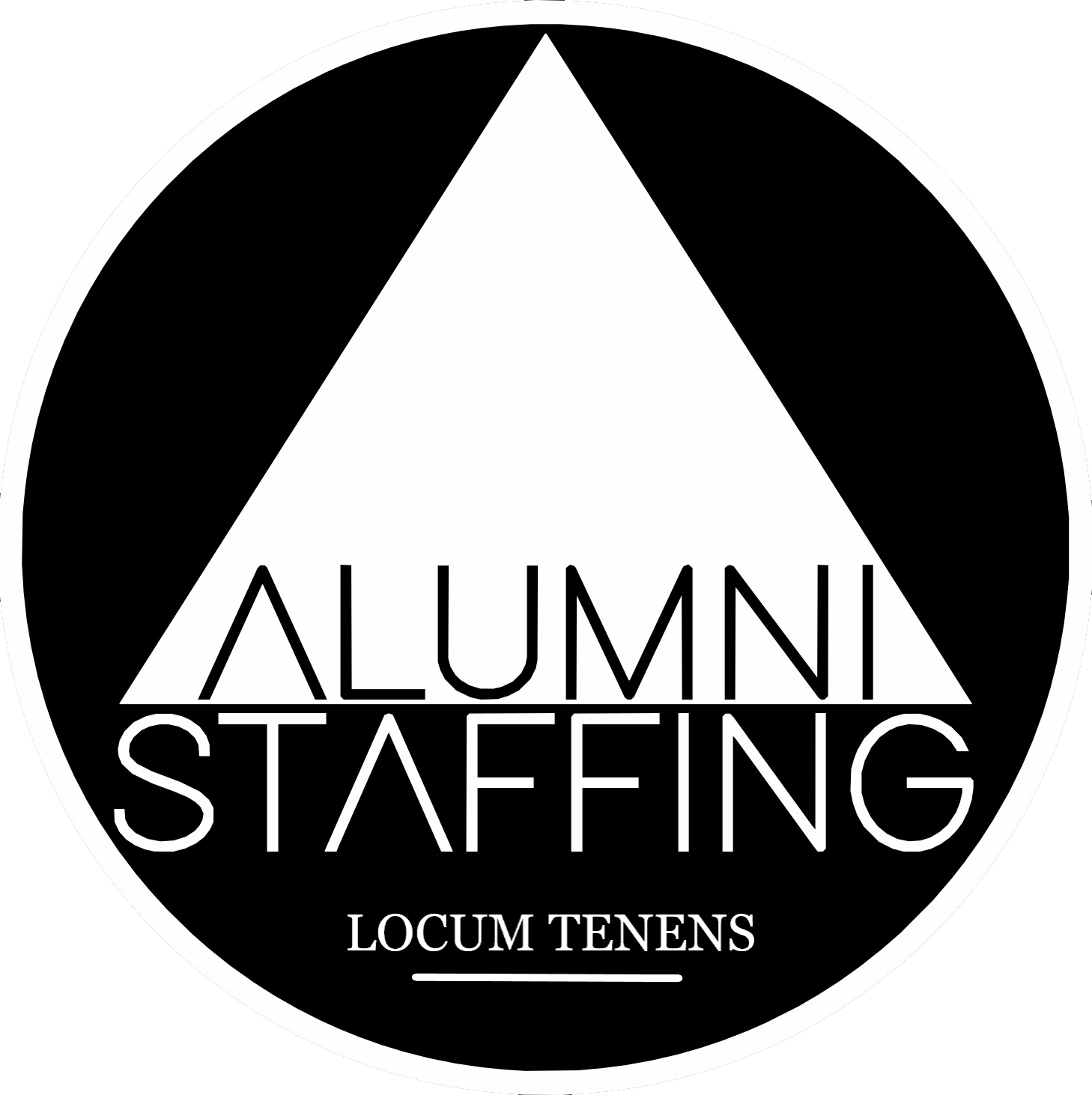Licensing, Credentialing, and Hospital Privileging
/Healthcare credentialing is a complex and crucial process that ensures that healthcare providers, including physicians, nurses, and allied health professionals, are qualified and competent to deliver high-quality care. This process involves verifying the education, training, licensure, certifications, and work history of healthcare professionals. Proper credentialing helps to avoid fines issued by the governing body, problems with the quality of patient care, malpractice suits, and bad site reputations.
Traditionally, credentialing can be a time-consuming and labor-intensive task for both healthcare facilities and providers. This can lead to delays in filling critical healthcare staffing gaps. According to a 2019 Merritt Hawkins survey on physician inpatient/outpatient revenue a one-day delay in provider onboarding can cost a medical group $10,122. Alumni Healthcare Staffing has a dedicated credentialing team that assists medical staff office (MSO) in getting the documentation required. These experts serve as liaisons between the medical staff office and the provider expediting timelines and making the credentialing process as painless as possible.
Credentialing:
Credentialing is the systematic process of verifying a healthcare provider's qualifications, experience, and background to ensure they meet the necessary requirements to practice medicine within a healthcare facility. Providers can expect to submit the following-
Curriculum Vitae
Government Issued Identification
Board Certification/Eligibility Medical School Diploma
Post-Graduate Training Certificates
Medical License
Controlled Substance, and/or DEA License
Any Active CPR Certifications Held (ATLS, ACLS, PALS, BLS)
Education Commission for Foreign Medical Graduates (ECFMG) certificates applicable for international graduates
In addition to verifying a provider’s qualifications, healthcare facilities require background checks and drug screens. These checks uncover criminal history, malpractice claims, or drug abuse issues that could impact a provider’s ability to provide safe and effective patient care.
Licensing:
Our credentialling team will assist applicant with renewing any state licensure or DEA license required for a locums assignment and can even assist in gaining a new state license. Actual turnaround times may differ, depending on Board volume and how quickly a complete application is submitted. For example, MD’s/DO’s with active, up-to-date Federation Credentials Verification Service (FCVS) profiles can significantly reduce the license processing timeframe and qualified physicians meeting the criteria for the license compact can obtain multiple state licenses significantly faster than individual state license processes.
Privileging:
Once the locum tenens provider's credentials are collected and verified, the next step is to request privileges at the healthcare facility where they will be working. These privileges specify the scope of practice, such as which procedures they are authorized to perform and what areas of the facility. they can access. It requires a thorough review of the clinician's qualifications, competency, and clinical privileges. The privileging process typically involves a review of the provider’s credentials by the facility’s medical staff and may include an interview or additional documentation. Once the credentialing committee is satisfied with the provider's qualifications, they grant approval, and the locum tenens provider can begin working. Due to the nature of locum tenens jobs, a healthcare facility may grant temporary privileges.
The locum tenens licensing, credentialing, and hospital privileging process is a rigorous and complex procedure designed to safeguard patient safety and maintain healthcare standards. Understanding this process is crucial for locum tenens providers and healthcare organizations alike. As the healthcare industry continues to face staffing challenges, Alumni Healthcare Staffing is proving to be a vital tool in ensuring that healthcare facilities can maintain the highest standards of care.





